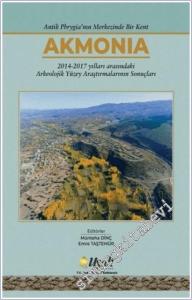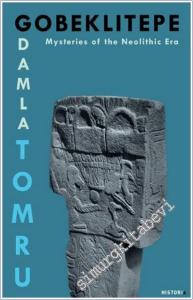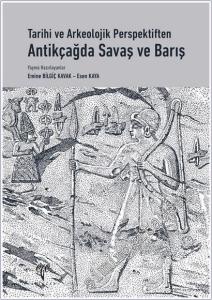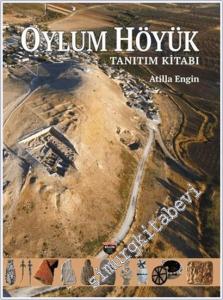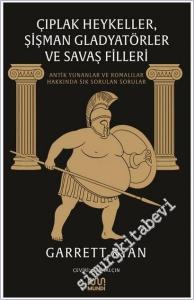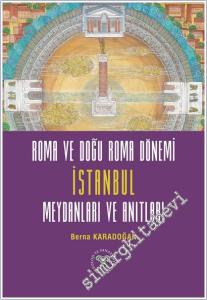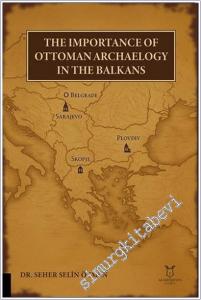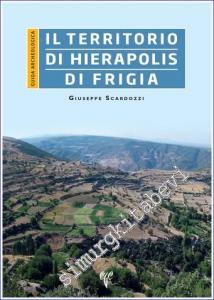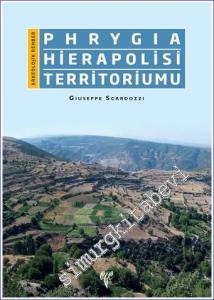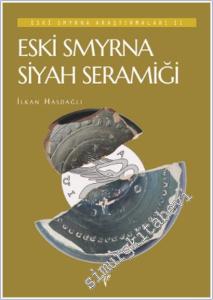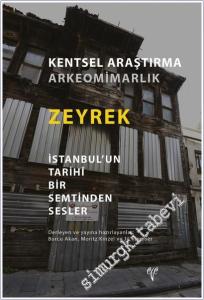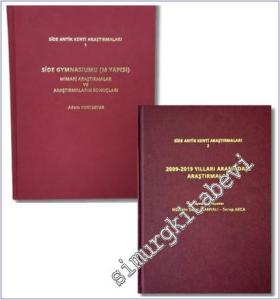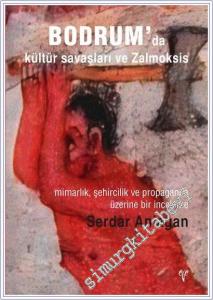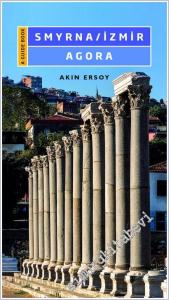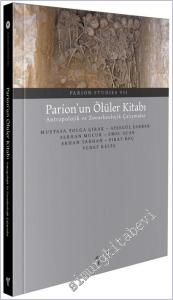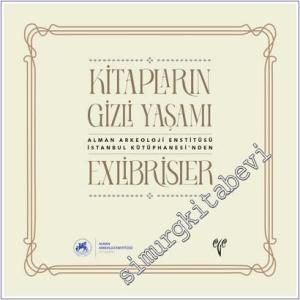#smrgKİTABEVİ The Territory of Hierapolis in Phrygia : An Archaeological Guide - 2020
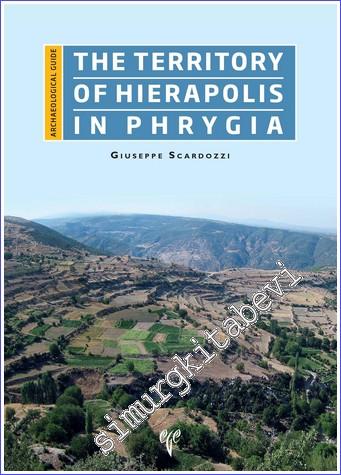
Introduction
The geomorphological context
History of studies and research
The territory of Hierapolis: topography and boundaries
Historic timeline of the territory of Hierapolis
Before Hierapolis
The hill of Höyük Tepe near Akköy (Laura Castrianni)
The settlement of Can Pınar (Uzunpınar (Laura Castrianni)
The tumulus of Alaburun
The chora of Hierapolis in the valley of the Lykos
The quarries
The marble quarries (Ilaria Miccoli)
The quarries of travertine and alabaster (Immacolata Ditaranto)
The quarries of polychromatic breccia (Giacomo Di Giacomo)
A relief in the rock face of a breccia and alabaster quarry
The aqueducts
The travertine channels
The road network
The bridge of Ahmetli
The funerary tumuli of Çukurbağ-Oküzini
The farms
The baths of Karahayıt
The temple of Develi
The settlements of the chora Küçükdereköy
Kocagözler and Asar Tepe Eymir The monastery of Beyinli The alabaster and marble quarries of Gölemezli The cave of Ballık Dere The plateau of Uzunpınar
Thiounta
The village of Boyallı
The village of Gavurdamıarkası Tepe
The sacred areas
Apollo Karios
The Motaleis and “Motala”
Minor settlements and farms
The necropolises and “isolated” tombs
The regular division of agricultural land in the northern sector
The road network
The bridge of Cindere
The plateau of Çal
The city of Mossyna
The villages of Salouda and Melokome
The village of Kagyetta
The village of Atyochorion
The sanctuary of Apollo Helios Lairbenós
The road network
Glossary
Bibliography
Graphic and photographic references
Introduction
The geomorphological context
History of studies and research
The territory of Hierapolis: topography and boundaries
Historic timeline of the territory of Hierapolis
Before Hierapolis
The hill of Höyük Tepe near Akköy (Laura Castrianni)
The settlement of Can Pınar (Uzunpınar (Laura Castrianni)
The tumulus of Alaburun
The chora of Hierapolis in the valley of the Lykos
The quarries
The marble quarries (Ilaria Miccoli)
The quarries of travertine and alabaster (Immacolata Ditaranto)
The quarries of polychromatic breccia (Giacomo Di Giacomo)
A relief in the rock face of a breccia and alabaster quarry
The aqueducts
The travertine channels
The road network
The bridge of Ahmetli
The funerary tumuli of Çukurbağ-Oküzini
The farms
The baths of Karahayıt
The temple of Develi
The settlements of the chora Küçükdereköy
Kocagözler and Asar Tepe Eymir The monastery of Beyinli The alabaster and marble quarries of Gölemezli The cave of Ballık Dere The plateau of Uzunpınar
Thiounta
The village of Boyallı
The village of Gavurdamıarkası Tepe
The sacred areas
Apollo Karios
The Motaleis and “Motala”
Minor settlements and farms
The necropolises and “isolated” tombs
The regular division of agricultural land in the northern sector
The road network
The bridge of Cindere
The plateau of Çal
The city of Mossyna
The villages of Salouda and Melokome
The village of Kagyetta
The village of Atyochorion
The sanctuary of Apollo Helios Lairbenós
The road network
Glossary
Bibliography
Graphic and photographic references

